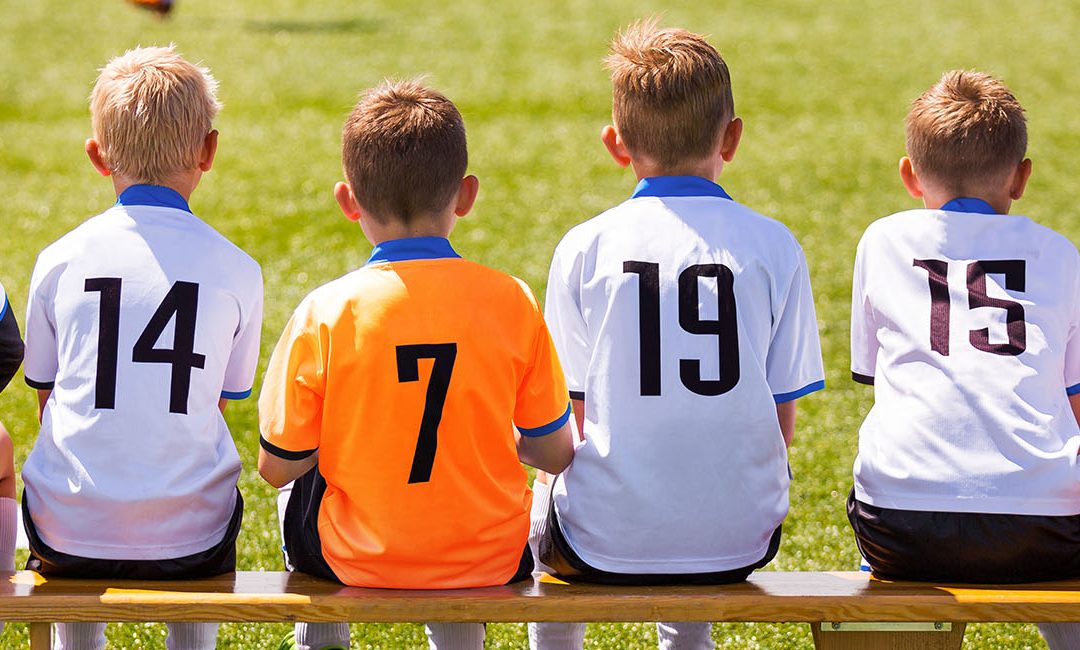The growth plate is a mass of cartilage tissue that is found around the edges of the long bones such as the femur, ulna, and the radius. Each of these bones has at least two growth plates at their ends and the bone development occurs around these plates. The growth plate tends to harden or ossify at the end of the growth cycle of the child once the bones have attained their full length. These are weak soft tissue structures that can break with slight external pressure or overuse. It is estimated that about 30% of the fractures reported during childhood or in young adults, pertain to growth plates. Being soft, this part of the bone is essentially prone to cracks or damage. It becomes imperative to treat such injuries at the earliest as they are crucial determinants of the child’s growth level.
Causes
- A fall on an outstretched hand or knee
- Vehicular accidents may have a high impact and crack the bone shaft along with the growth plate
- Collisions or direct hit to the limb
- Repeated stress to the joints and the growth plate leading to stress fracture
- Recreational activities such as biking, skateboarding, skiing etc. may increase the risk of such fractures
- Growth plate fractures are more common in boys as compared to girls as the latter attain maturity earlier and therefore their growth plates ossify sooner
Symptoms
- Visibly deformed limb
- Pain may set in immediately after the injury and may range from severe, localized to persistent
- A feeling of warmth may spread over the skin around the injured limb
- Swelling and tenderness
- Inability to perform daily tasks Limited range of motion
Diagnosis
The patient’s medical history, symptoms as well as mode and time of injury may be noted down. X-ray imaging may be required to study the damage to the bone structure MRI or CT scan may be done to locate the fracture in the growth plate which is a soft tissue structure.
Treatment
The treatment method adopted in each case may differ depending on the child’s age, grade of injury, location of fracture as well as the overall health. These may include the following:
- Immobilization of the limb using a cast or splint to keep the bones in place while they heal
- Restricting the levels of patient’s daily activities
- Some pain killers and anti-inflammatory medicines may be prescribed
- Open Reduction- If unstable fractures are accompanied by bone displacements, surgery may be required. During the procedure, an incision is made to reposition the bone pieces. They are then held in place using screws and pins. The limb is secured in a cast post-surgery and physical therapy may be recommended. Regular follow-ups may be required until the child attains maturity to keep a check on the development of the bone
For treatment of Growth Plate Fractures and other orthopedic conditions, visit OrthoTexas. To schedule an appointment, call 972-492-1334.


